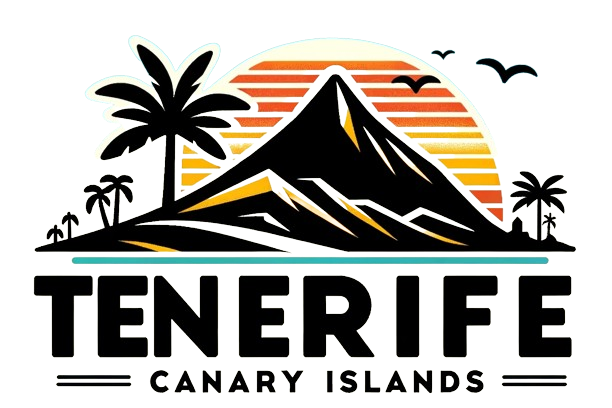Tenerife’s Cabildo Explores Targeted Speed Limit Reductions on Key Motorways
The Cabildo of Tenerife is currently assessing a significant proposal aimed at enhancing road safety by lowering speed limits on specific segments of the TF-1 and TF-5 motorways. This initiative is part of a broader strategy to address traffic safety and congestion issues that have been a growing concern on the island’s roadways.
Identifying Areas for Speed Limit Adjustments
In alignment with the Sustainable Mobility Plan for Tenerife, the island’s Roads Department has put forth the idea of reducing speed limits in particularly hazardous areas from the existing maximum of 120 km/h to a range of 80 to 100 km/h. This proposed adjustment is not intended to be applied uniformly across the entire motorway network but rather in locations where the risk of accidents is notably higher.
Targeting High-Risk Zones for Safety Improvements
A detailed report from the consulting firm Tema Ingeniería has highlighted the need for speed limit reductions to focus on regions that are characterized by dangerous curves or road designs that are ill-suited for high-capacity traffic. Roads Councillor, Dámaso Arteaga, has underscored that the final decision regarding any modifications to speed limits will be made by the Dirección General de Tráfico (DGT), the governing body responsible for traffic regulations in Spain. Arteaga noted that this is not the first time speed limits have been adjusted, recalling a previous instance where the limit was reduced to 100 km/h before being reverted back to 120 km/h. He stated, “We do not believe it is necessary to lower the speed limit across the entire motorway, but rather at specific points where incidents are concentrated.”
Current Speed Limit Framework and Its Implications
At present, there are two designated areas on the motorways that have specific speed restrictions: the El Sauzal curve on the TF-5, which is limited to 80 km/h and monitored by radar, and the Las Caletillas section on the TF-1, where the maximum speed is set at 100 km/h. In all other stretches of these motorways, the speed limit remains at 120 km/h. The primary objective of the proposed speed limit reductions is to minimize the frequency of accidents and breakdowns that contribute to daily traffic congestion on both motorways. Factors such as speeding, driver inattention, the average age of vehicles—approximately 15 years in Tenerife—narrow road shoulders, and wildlife crossing the roads are common contributors to these incidents.
A Comprehensive Approach to Traffic Management
The Sustainable Mobility Plan outlines a comprehensive strategy for the next decade, focusing on various aspects of traffic management, public transportation improvements, and road safety enhancements. This plan includes a variety of proposals aimed at alleviating congestion and enhancing travel efficiency throughout the island. Since their introduction in 1974, speed limits have been a contentious issue in Spain. The DGT is currently contemplating the possibility of implementing segment-based speed reductions nationwide, in line with recommendations from the United Nations to establish a maximum speed limit of 100 km/h on motorways. This initiative aims to help reduce accident rates and improve overall road safety.
Community Response and Future Considerations
The proposal to lower speed limits has sparked discussions among local residents and stakeholders. Many community members express support for measures that prioritize safety, particularly in areas known for high accident rates. However, there are also concerns about the potential impact on travel times and traffic flow. As the Cabildo moves forward with its evaluation, public consultations may play a crucial role in shaping the final decisions regarding speed limit changes.
Next Steps in the Decision-Making Process
As the Cabildo of Tenerife continues to deliberate on this proposal, the Roads Department will gather additional data and feedback from various stakeholders, including traffic safety experts and local residents. The final recommendations will be presented to the DGT, which will ultimately determine the feasibility and implementation of the proposed speed limit reductions. The outcome of this process could set a precedent for future traffic management strategies across the island.
Key points
- The Cabildo of Tenerife is proposing speed limit reductions on the TF-1 and TF-5 motorways.
- Speed limits may be lowered to between 80 and 100 km/h in specific hazardous areas.
- The Dirección General de Tráfico (DGT) will have the final say on any changes to speed limits.
- Current speed limits include 80 km/h at the El Sauzal curve and 100 km/h at Las Caletillas.
- The aim of the reductions is to decrease accidents and traffic delays.
- The Sustainable Mobility Plan outlines traffic management strategies for the next ten years.
- Community feedback will be considered in the decision-making process.
